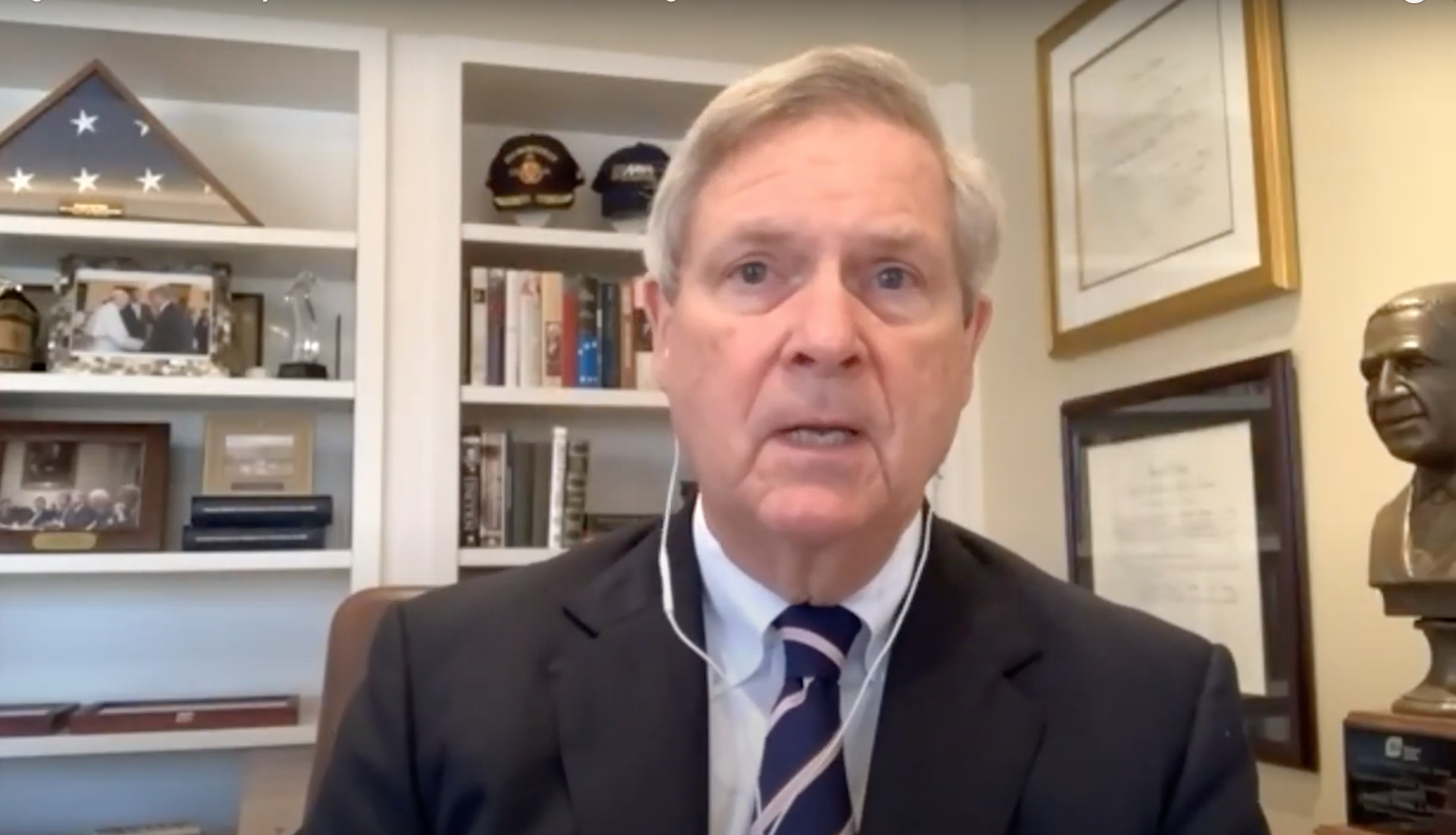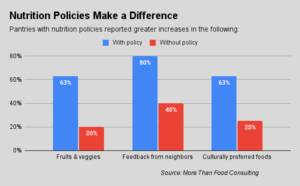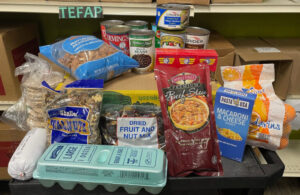The newly named head of the USDA, Tom Vilsack, has introduced a new way of framing the issue of hunger relief in America: it’s about nutrition security, not just food security.
Inadequate nutrition is leading to high rates of chronic disease including obesity, presenting nothing less than a potential national security risk, said Vilsack, speaking at a virtual National Press Foundation event this week. He cited a report from the bipartisan Council for a Strong America, which found that 71% of youth between the ages of 17 and 24 are ineligible for military service, with obesity being a main medical dis-qualifier.
“It’s a very large problem we have to address,” Vilsack said, adding, “We cannot have the levels of obesity, diabetes and chronic disease that we have. It will literally cripple everything we’re trying to do as a country.”
The federal government is spending $160 billion on diabetes treatments, an amount that is “significantly greater” than the entire budget of the Department of Agriculture, Vilsack said. Diabetes is directly linked to both food insecurity and nutrition insecurity, he said, making it incumbent upon the USDA to “modernize our nutrition security and food security systems,” he said, adding, “We’re dealing with twin issues.”
To address the problem, the USDA is working to significantly expand the many food and nutrition assistance programs it offers. Vilsack highlighted the program for Women, Infants and Children (WIC) as a particular area of focus since only 50% of those eligible for WIC actually participate. “We need to do a better job of outreach in minority communities,” he noted.
Another goal with implications for the charitable food system is to make sure food banks and pantries are well-equipped with refrigeration and storage so they can better handle perishable food. “We learned a lot from the pandemic about the need for food systems to transition more quickly,” he said, “so we don’t see dumping of food.”
One of the first actions of the Biden Administration’s USDA was to extend the Farmers to Families Food Box program through April, which came as a welcome relief to food bank CEOs. The USDA will conduct a review of the food box program, Vilsack said, to understand how it can better serve rural and remote communities, as well as potentially coordinate with TEFAP, the federal program that supplies food banks.
Calling TEFAP a “highly efficient distribution system” already in existence, Vilsack noted that resources could be redirected toward that program, but that “no decisions” have yet been made in that regard. The USDA will also be looking at ways to eliminate costs and disincentives that prevent farmers from harvesting and processing food that could be diverted to food banks. “I think we need to be very creative about this,” he said.
Vilsack, who has served as a member of the Board of Directors of Feeding America, had high praise for the charitable food system, noting that the work of organizations like Feeding America and Meals on Wheels during the pandemic has been “nothing short of miraculous.”
Most people in the hunger relief community are familiar with the often-repeated statistic that the federal government is able to provide about nine times more hunger relief than the country’s food bank network, underscoring the government’s enormous reach. Vilsack offered the government’s perspective on that statistic, noting, “The reality is, the government can’t do it all.”
Indeed, Feeding America has generated six billion meals for Americans in need during the pandemic, said Vince Hall, Interim Chief Government Relations Officer at Feeding America, speaking at the same virtual event. Feeding America has now settled into a “new normal” of meeting demand that is 55% higher than pre-pandemic levels, Hall said. Food banks also work to support access to SNAP, with 64% of the food banks that facilitate SNAP applications reporting an average increase of 46% in SNAP applications, he said.
Vilsack’s comments about the government not being able to “do it all” were echoed in a recent Food Bank News interview with Doug O’Brien, Vice President of Programs at The Global Foodbanking Network, who spent time during his career in public policy and working on the Senate Agriculture Committee. While policy solutions are essential, they are “not a silver bullet,” O’Brien said. That became especially evident during the pandemic when the government could not respond as nimbly as food banks already on the ground. “You need the charitable system to be the safety net to the safety net,” O’Brien said.
Vilsack concluded his remarks at the virtual event by noting that partnerships between the government and the charitable food system are “incredibly important.” He added, “I think we need to be a better partner, and I hope we can be.” — Chris Costanzo
CAPTION ABOVE: Tom Vilsack speaking at a National Press Foundation event on March 3rd.
Like what you’re reading?
Support Food Bank News












